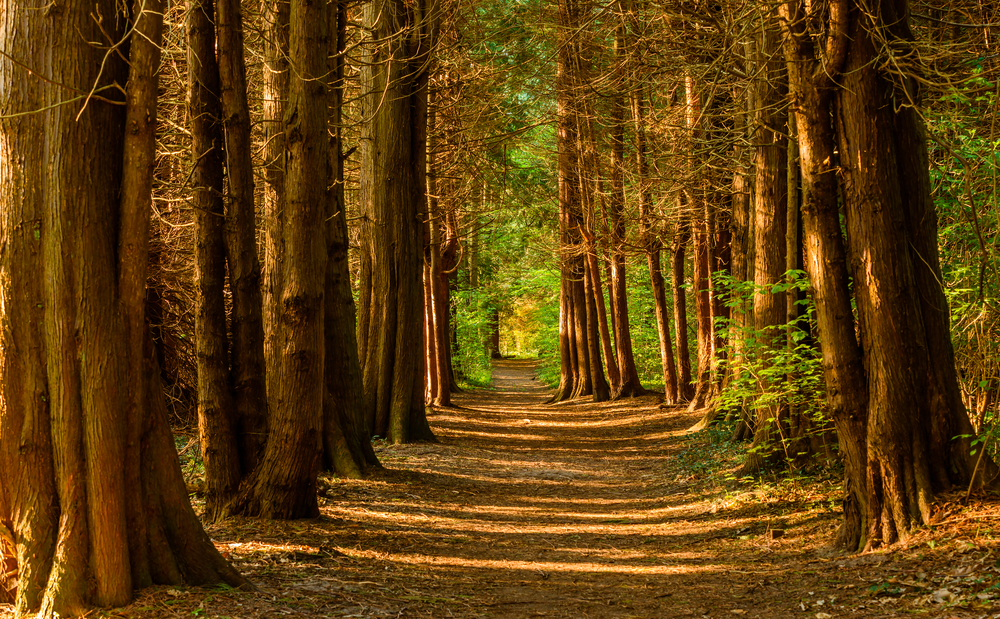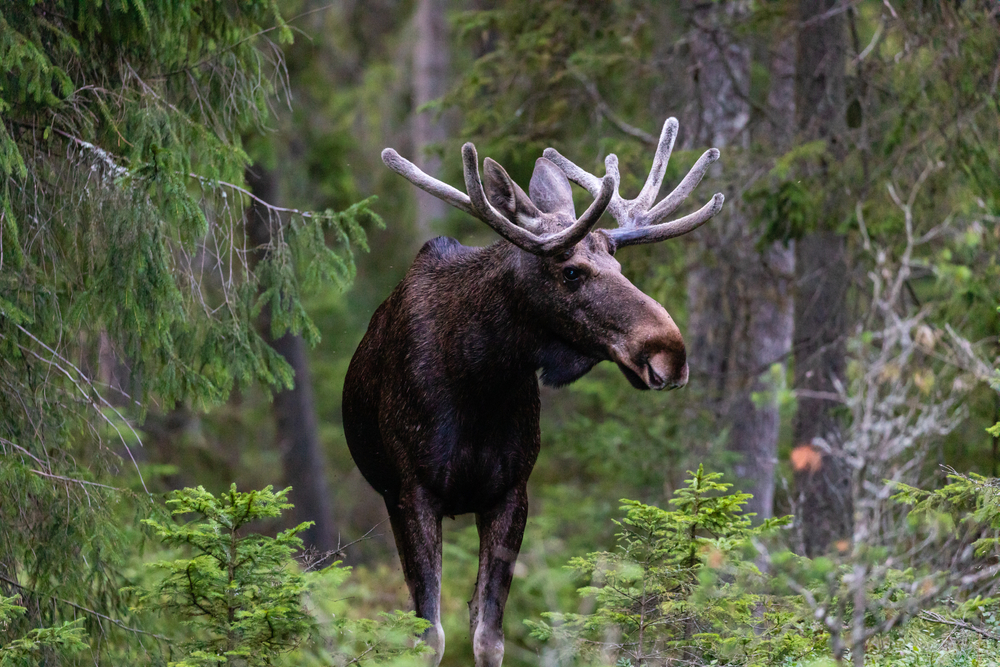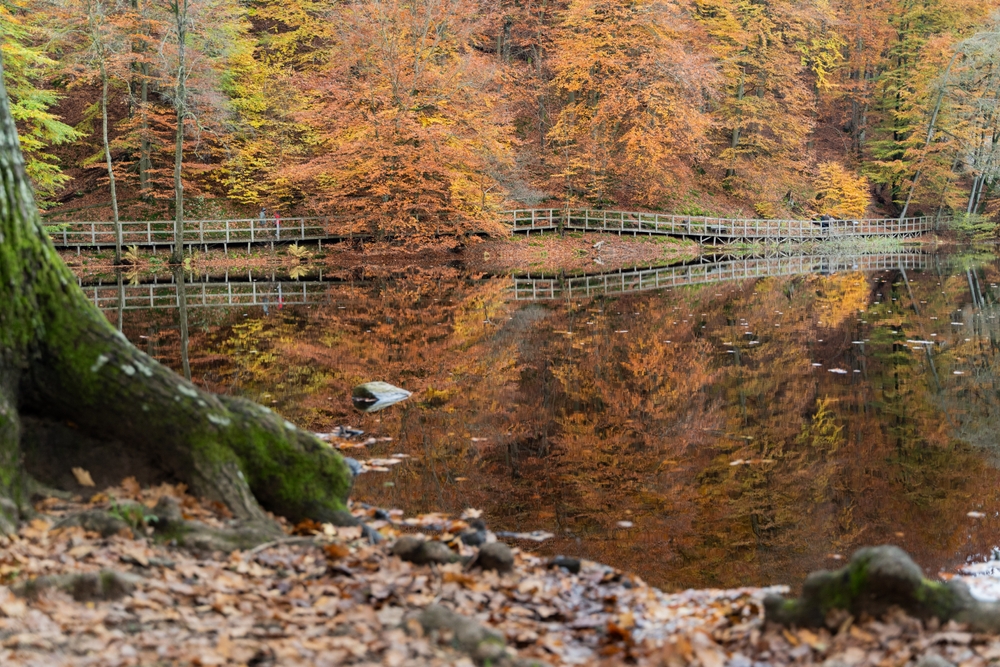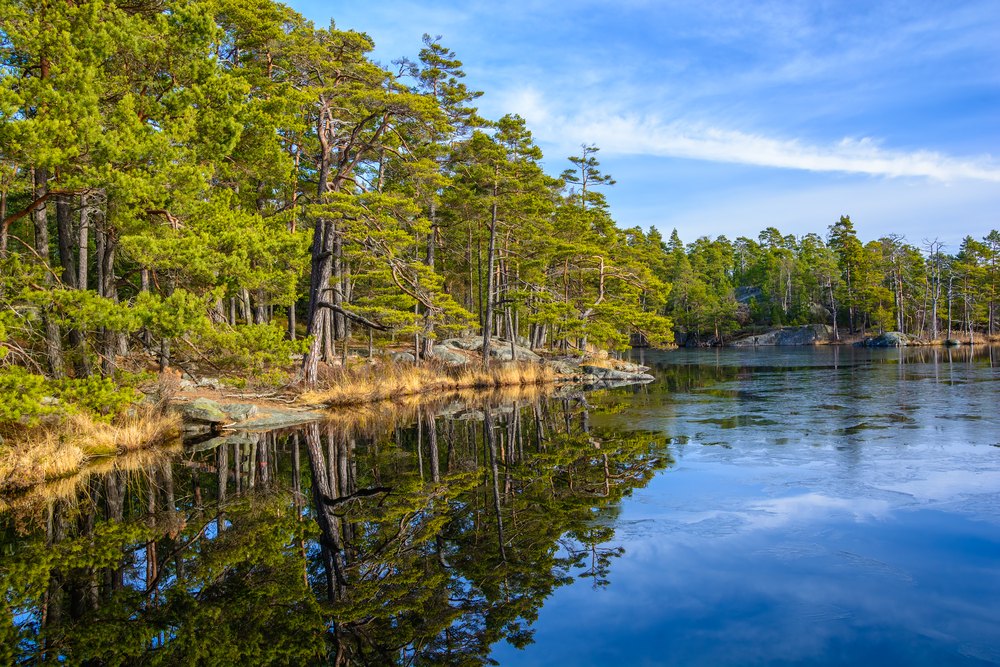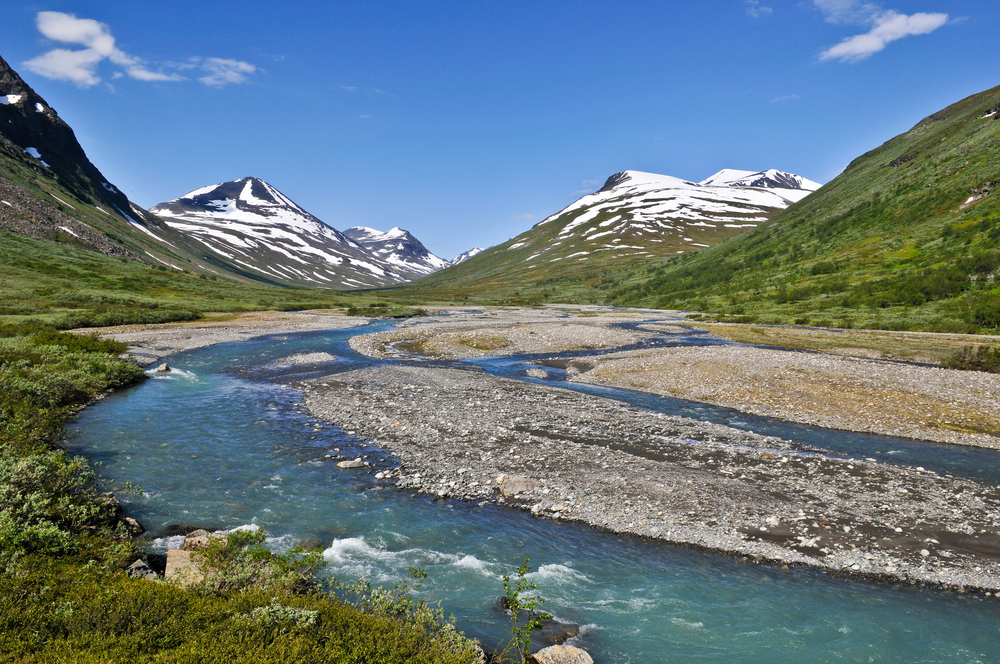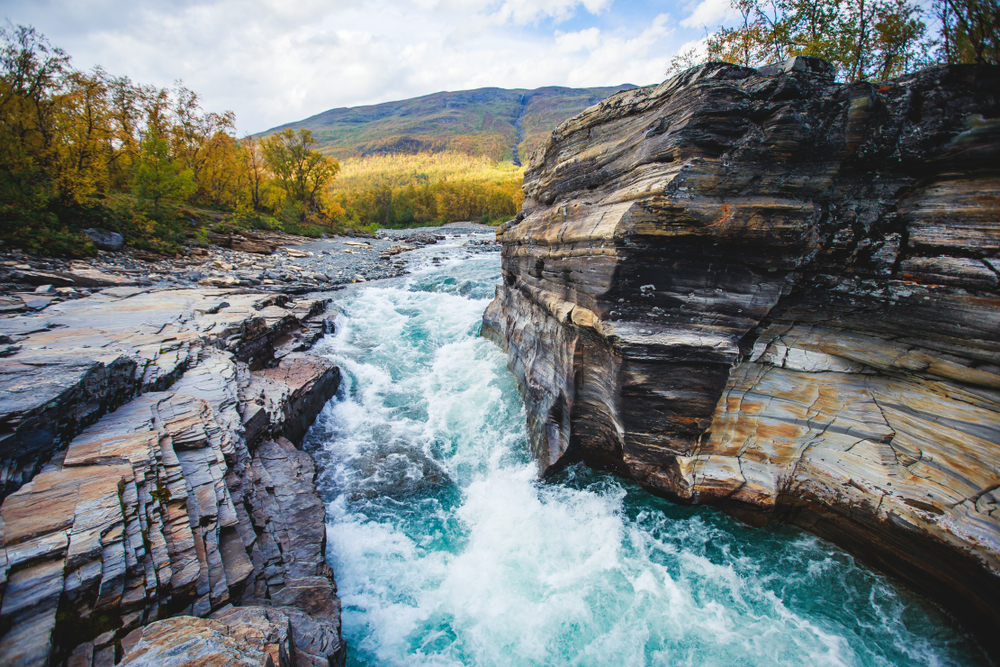Stora Sjöfallet Overview
Stora Sjöfallet National Park, known as Stora Sjöfallets nationalpark in Swedish, is a stunning protected area in northern Sweden, situated in Norrbotten County within the Laponia World Heritage Site.
Covering approximately 492 square miles (1,278 square kilometers), it is one of Sweden’s oldest national parks, established in 1909. The park is located in the Scandinavian Mountains near the Norwegian border and is characterized by dramatic landscapes shaped by glacial activity and ancient geological processes.
The park’s terrain is defined by rugged mountain peaks, deep valleys, and expansive plateaus, making it a remarkable showcase of Arctic and subarctic wilderness. Stora Sjöfallet itself, once one of Sweden’s most powerful waterfalls, is a key feature of the park, though much of its original flow was diverted due to hydroelectric projects.
Despite this, the surrounding fjelds (mountainous tundra) remain an impressive sight, with peaks such as Áhkká, known as the “Queen of Lapland,” standing at 6,610 feet (2,015 meters) tall. Numerous glaciers, alpine lakes, and birch forests contribute to the park’s diverse scenery, with the shifting seasons offering vibrant autumn colors and deep winter snows.
The park is home to a wide range of wildlife adapted to the harsh Arctic conditions. Among the most iconic species are the elusive wolverine, Arctic fox, and lynx, alongside larger mammals such as moose and reindeer, which roam the tundra and forests.
The park’s birdlife is particularly notable, attracting birdwatchers with species like the golden eagle, gyrfalcon, and ptarmigan. Many of these species are well-adapted to the long winters and the short, intense summers, where the midnight sun provides continuous daylight.
One of the most popular features of Stora Sjöfallet National Park is its accessibility as part of the Laponia region, a UNESCO-listed area known for its cultural and natural significance. The park offers opportunities for backcountry hiking, where visitors can experience the unspoiled wilderness through marked trails or more adventurous routes into remote valleys.
The nearby Naturum Laponia Visitor Center provides educational exhibits on the region’s geology, flora, fauna, and indigenous Sámi culture, which has thrived in the area for centuries. The Sámi people continue to herd reindeer in the region, and visitors can learn about their traditions and connection to the land.
Visitors engage with the park through hiking, fishing, and winter activities such as snowshoeing and cross-country skiing. The park is a gateway to longer treks, including parts of the Kungsleden (King’s Trail), one of Sweden’s most famous hiking routes.
Wildlife photography is another major draw, as the park’s dramatic landscapes provide a breathtaking backdrop for capturing Arctic nature. In winter, the Northern Lights illuminate the sky, offering a mesmerizing natural spectacle for those braving the colder months.
Conservation efforts in Stora Sjöfallet National Park face challenges due to climate change, which threatens the delicate Arctic ecosystems, including retreating glaciers and shifting habitats for native wildlife. However, the park remains a key part of Sweden’s protected areas, benefiting from strong environmental protections and its status within the Laponia World Heritage Site.
The Sámi community plays an important role in conservation, ensuring that traditional land-use practices continue alongside modern preservation efforts. With its rich natural beauty, cultural heritage, and opportunities for exploration, Stora Sjöfallet National Park remains a remarkable destination for nature enthusiasts and adventurers alike.











































































